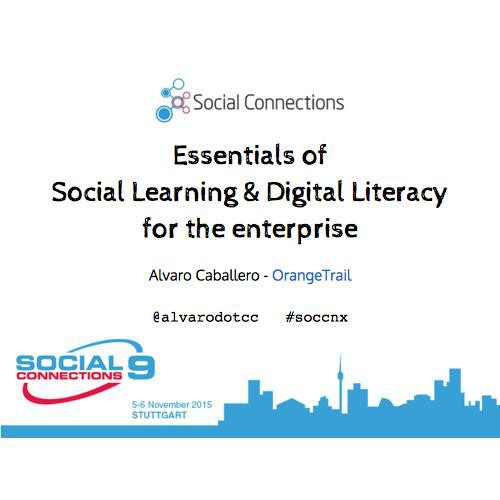
Self-Organising
Learning Environments
Alvaro Caballero | @alvarodotcc | 12 Feb 2019
https://slides.com/alvarocc/self-organising-learning-environments
By the end of this session you ...
- Understand the basics of SOLE's
- Connect with (some) your peers
- Have fun
- Be excited enough to try on your own!
Your name backwards
Three things in common
The most/least $$$ supermarket purchase
... and without smiling! =)

What is
SOLE?






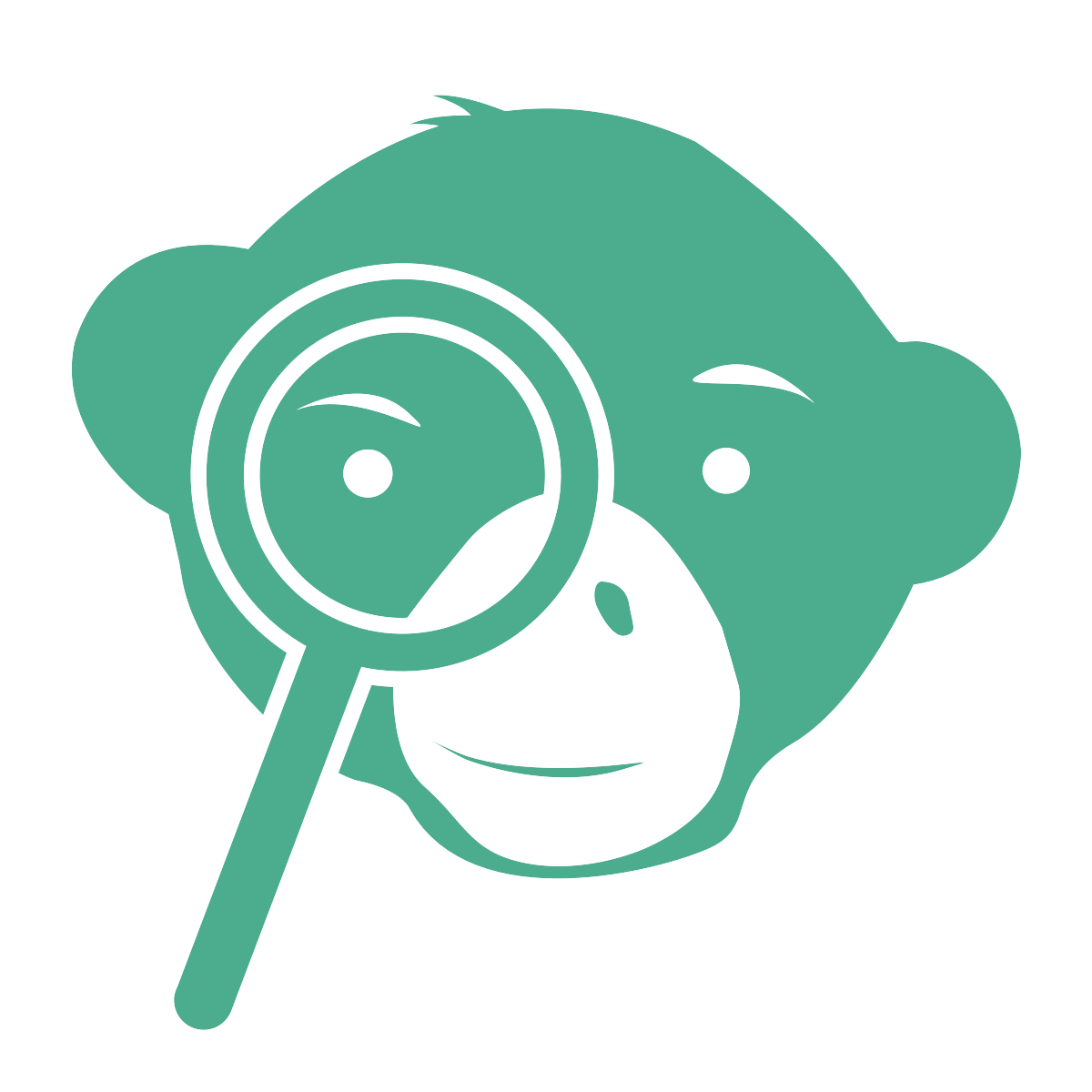
How to SOLE?
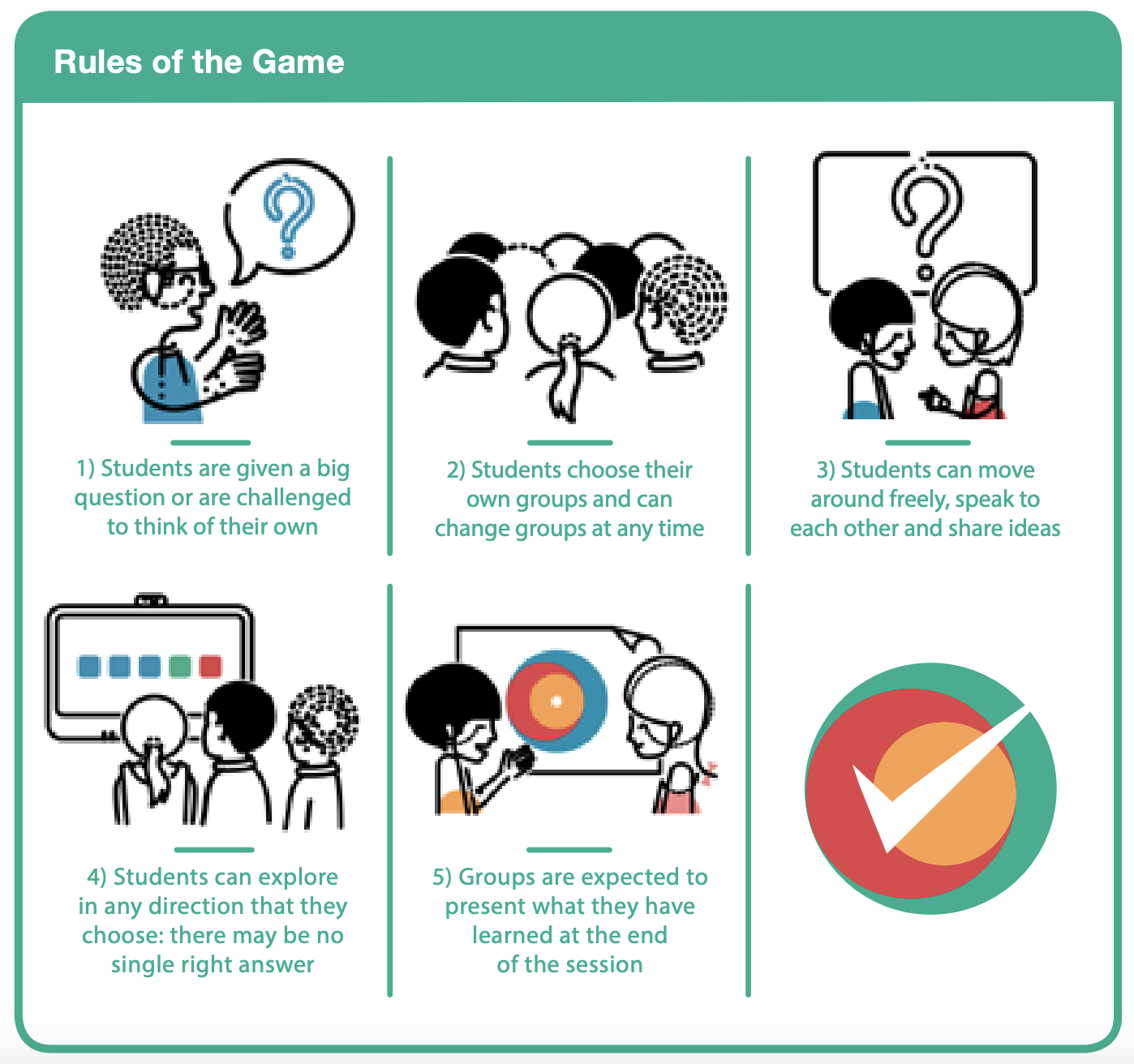
How to SOLE?
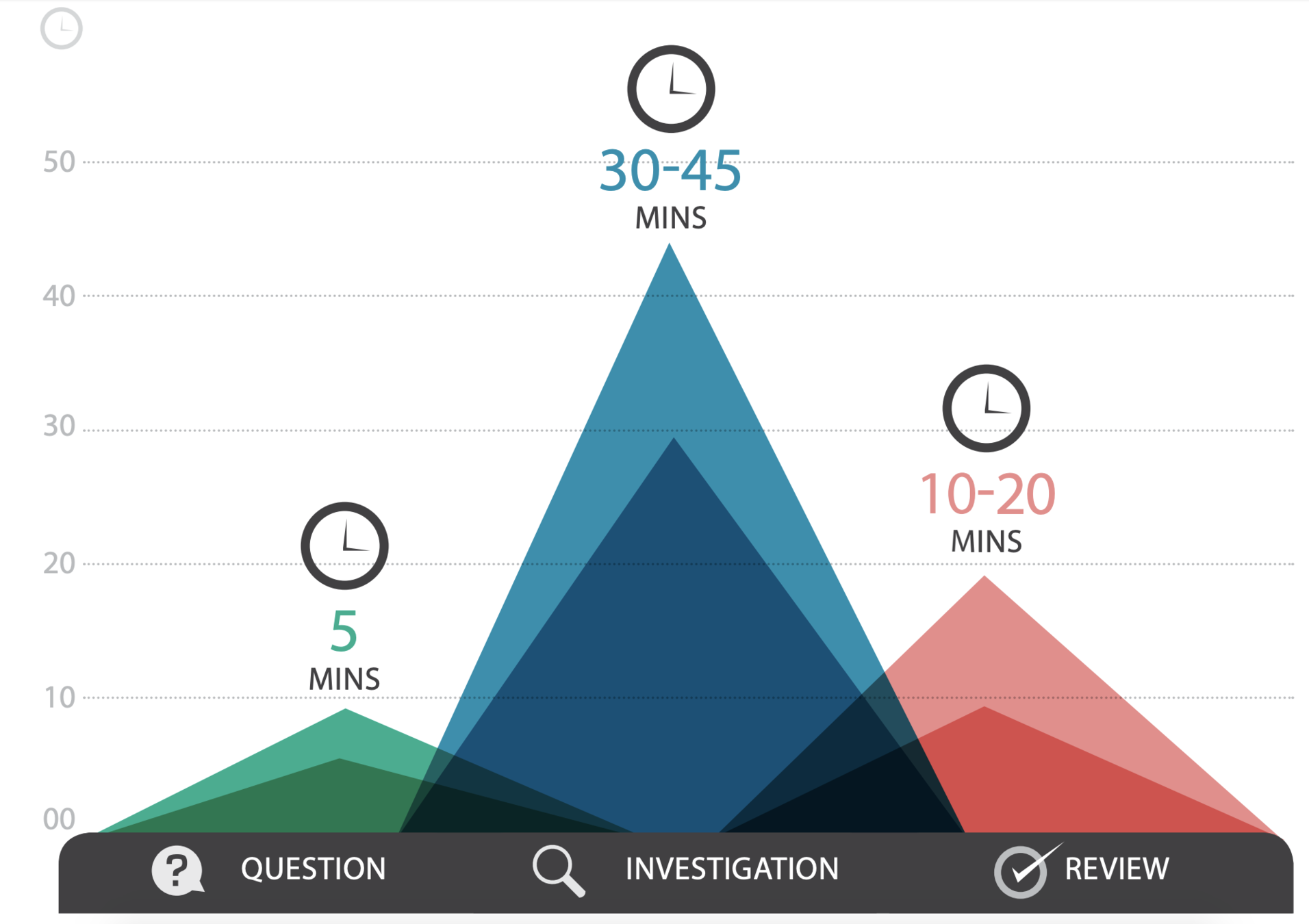
Why to SOLE?




Let's SOLE

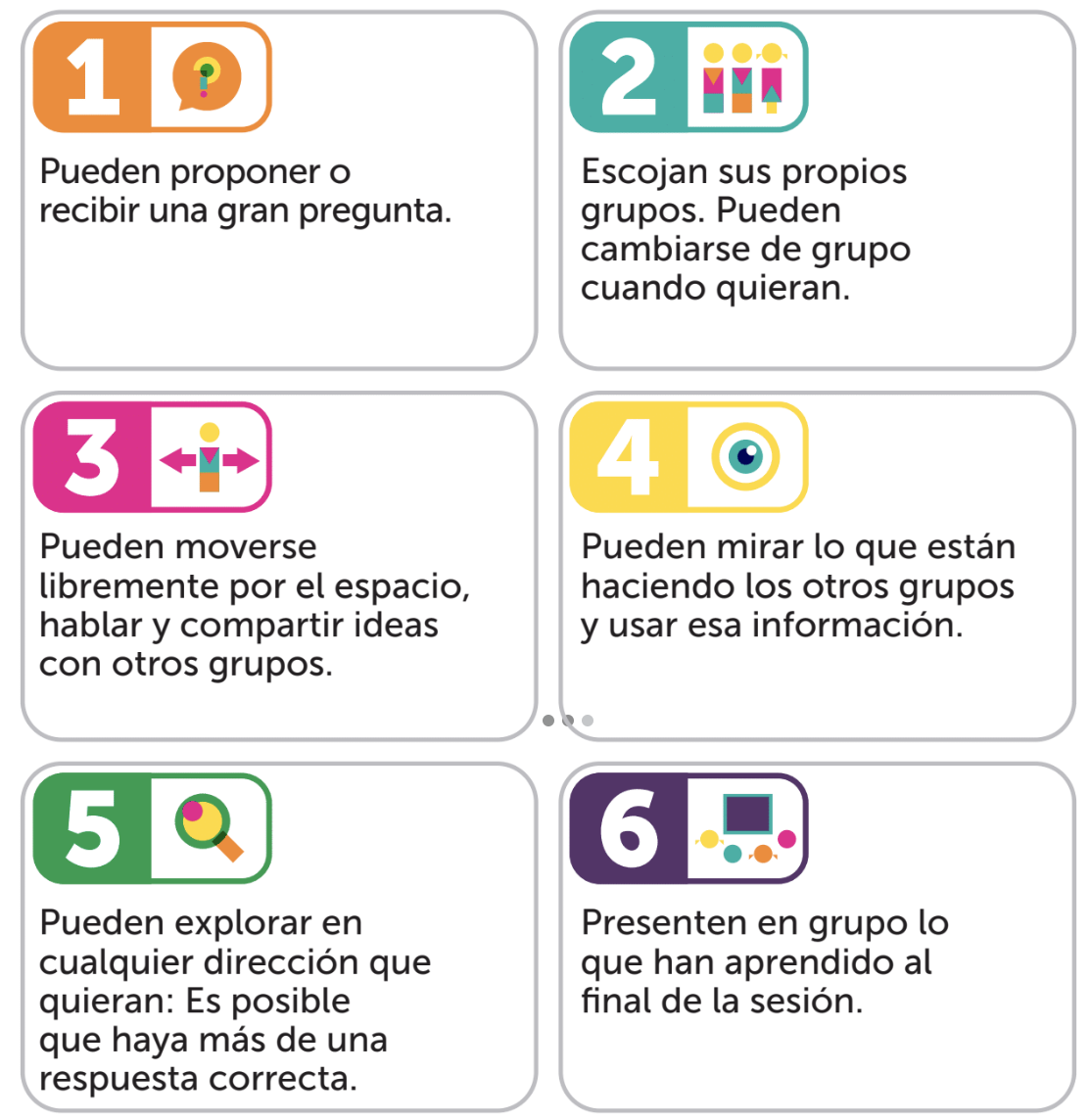
You can propose or receive a big question
Pick your own team and you can switch at all times
You can move around, share and discuss
You can observe other team's research
Explore further;
Maybe there's more than one answer
Present your findings to the group
Why do we dance and how does a world without dancing look like?

Coaches
Nannies

Ghosts


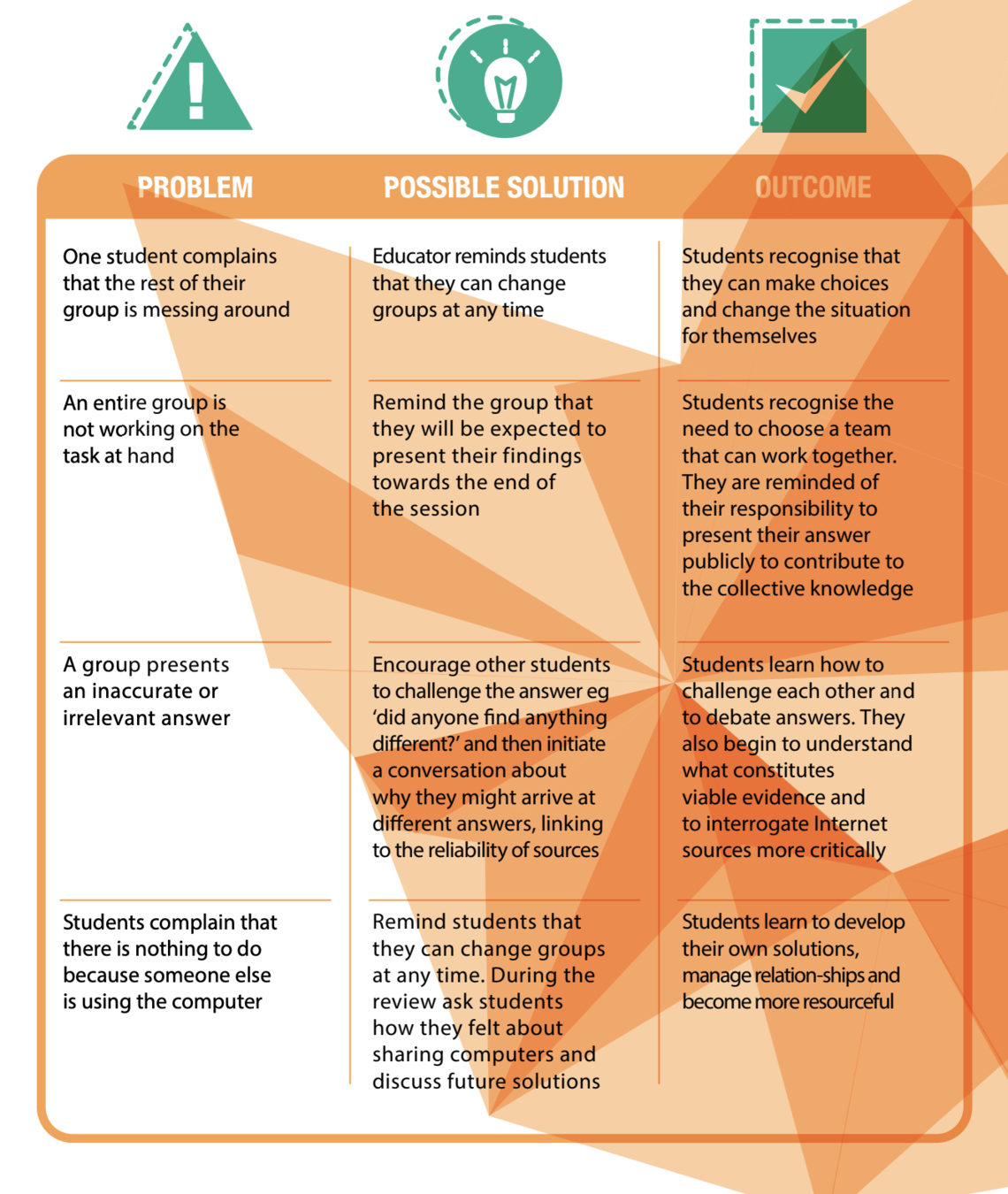
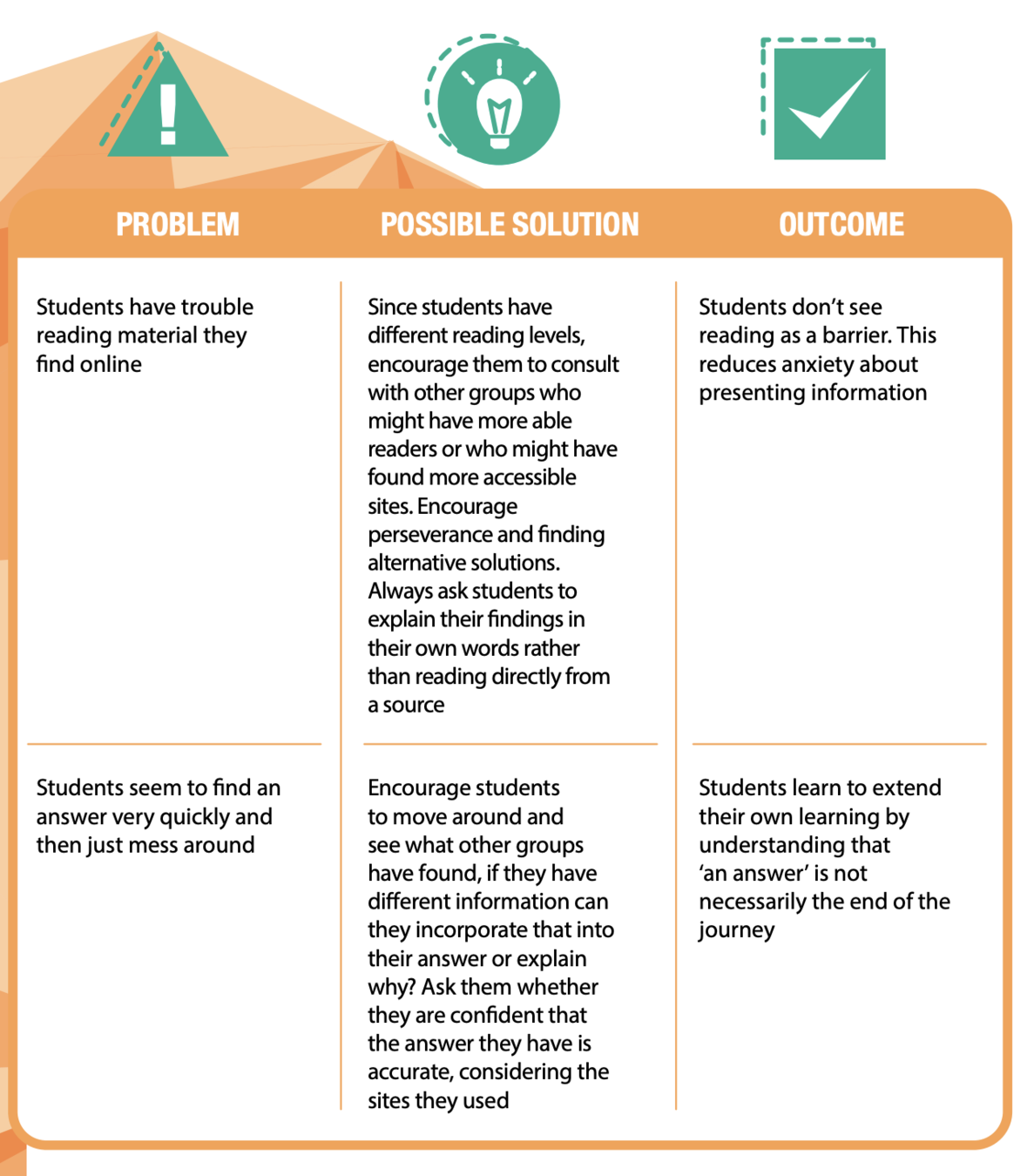
Question
Formulation
Technique
The Question Formulation Technique (QFT) is a simple, but rigorous, step-by-step process designed to help students produce, improve, and strategize on how to use their questions.



1
Introduce the rules
Present the QFocus
Produce questions
Prioritize questions
Improve questions
Reflect on the process
2
3
4
5
6
"When it comes to education, what gets measured, gets managed"
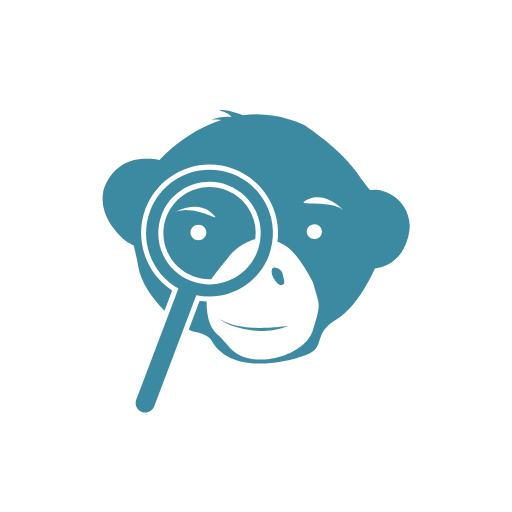
Produce Questions
• Ask as many questions as you can
• Do not stop to discuss, judge, or answer the questions
• Write down every question exactly as it is stated
• Change any statement into a question
Improve Questions
Categorize questions as closed or open-ended
Find closed-ended questions and mark them with a C
Find open-ended questions and mark them with an O
Discuss the value of each type of question
Identify advantages & disadvantages of each type of question
Change questions from one type to another
Change closed-ended question to open-ended and viceversa
Prioritize Questions
Choose 3 questions that…
• you consider most important
• will help with your research
• can be used for your experiment
• will guide your reading/ writing
• can be answered as you read
• will help you solve the problem
Metrics for SOLE's

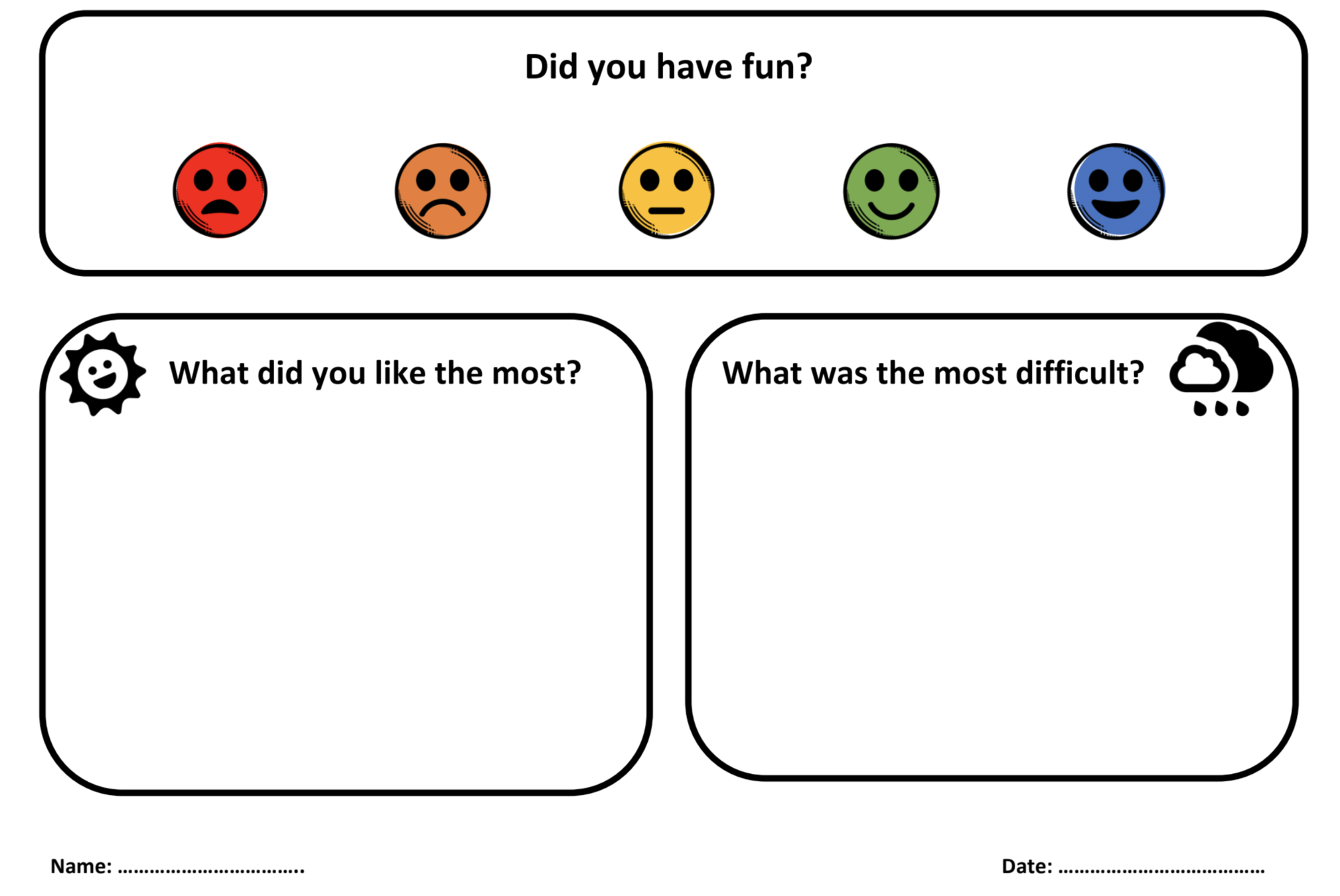
Engagement
Collaboration
Problem Solving

Schlechty’s Levels of Engagement

Schlechty’s Levels of Engagement
|
ACTIVE ENGAGEMENT |
- See the SOLE as personally meaningful. - Persist in the face of difficulty - Emphasize perfection and “getting it right.” |
| STRATEGIC COMPLIANCE | - Only work on the SOLE if for a grade, prize, or your approval - Aren't personally satisfied or interested by their work |
| RITUAL COMPLIANCE | - Find no meaning in the SOLE Work only to avoid confrontation or discipline - Work to satisfy the minimum requirement: “What do I have to do to get this over and get out?” |
| RETREATISM | -Are disengaged and emotionally withdrawn -Feel unable to do what is being asked or are uncertain about what they should do -Sees little that is relevant to their life in the work |
| REBELLION | - Are actively disengaged and pursuing their own agenda -Are acting out - and often encouraging others to rebel |
Collaborative Problem Solving
Collaboration
Problem Solving
Exploring &
Understanding
Knowledge Building
Task Regulation
Planning &
Executing
Representing &
Formulating
Monitoring &
Reflecting
Establishing and maintaining shared understanding
Taking appropriate action to solve the problem
Establishing and maintaining team organisation
PISA 2015 Results- Volume - Collaborative Problem Solving(2017) http://www.oecd.org/pisa
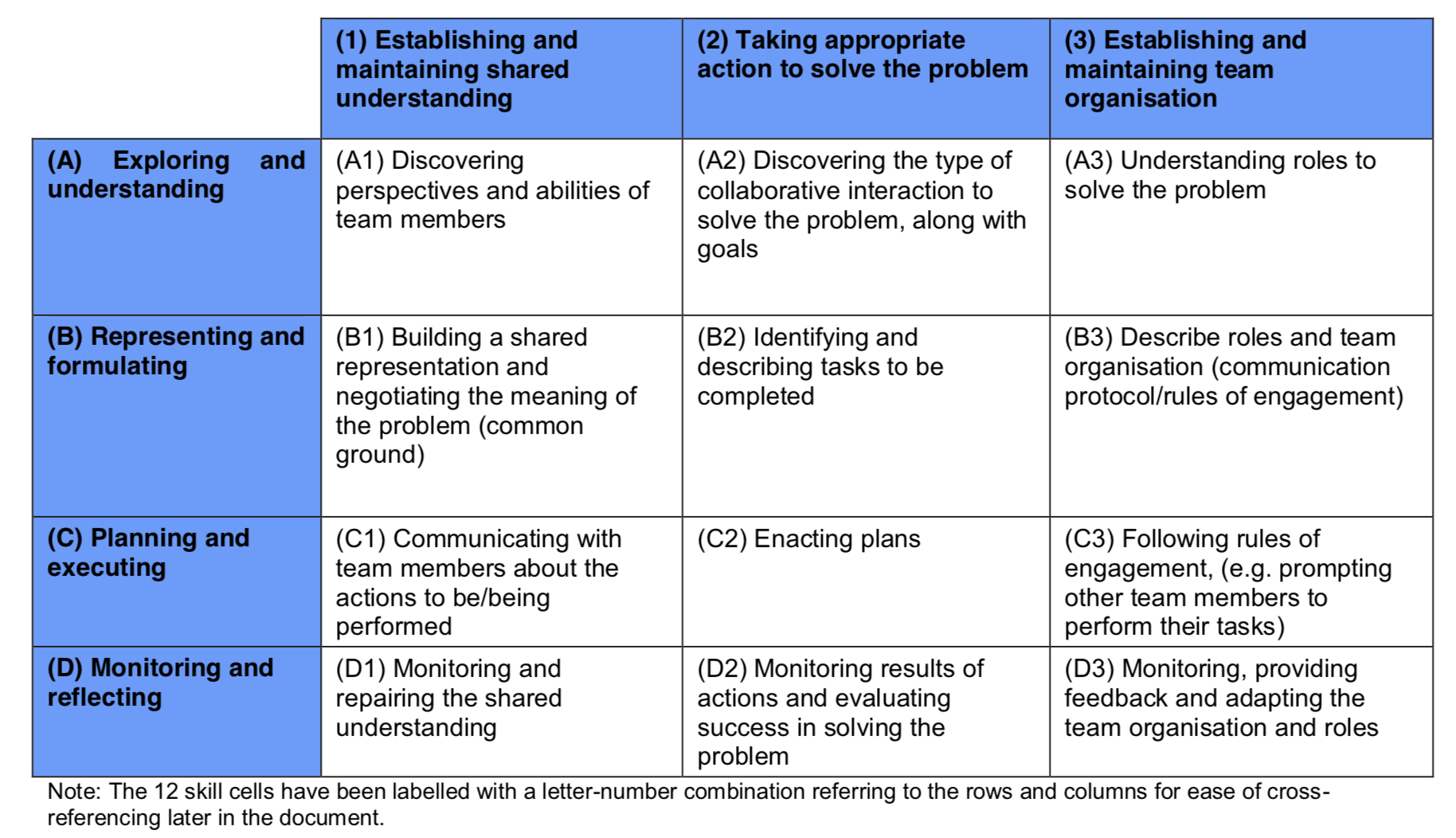
Collaborative Problem Solving
Social Skills
Cognitive Skills
Participation
Perspective Taking
Knowledge Building
Task Regulation
Social Regulation
Collaborative Problem Solving: Empirical Progressions Version 1.1 (2014) www.atc21s.org
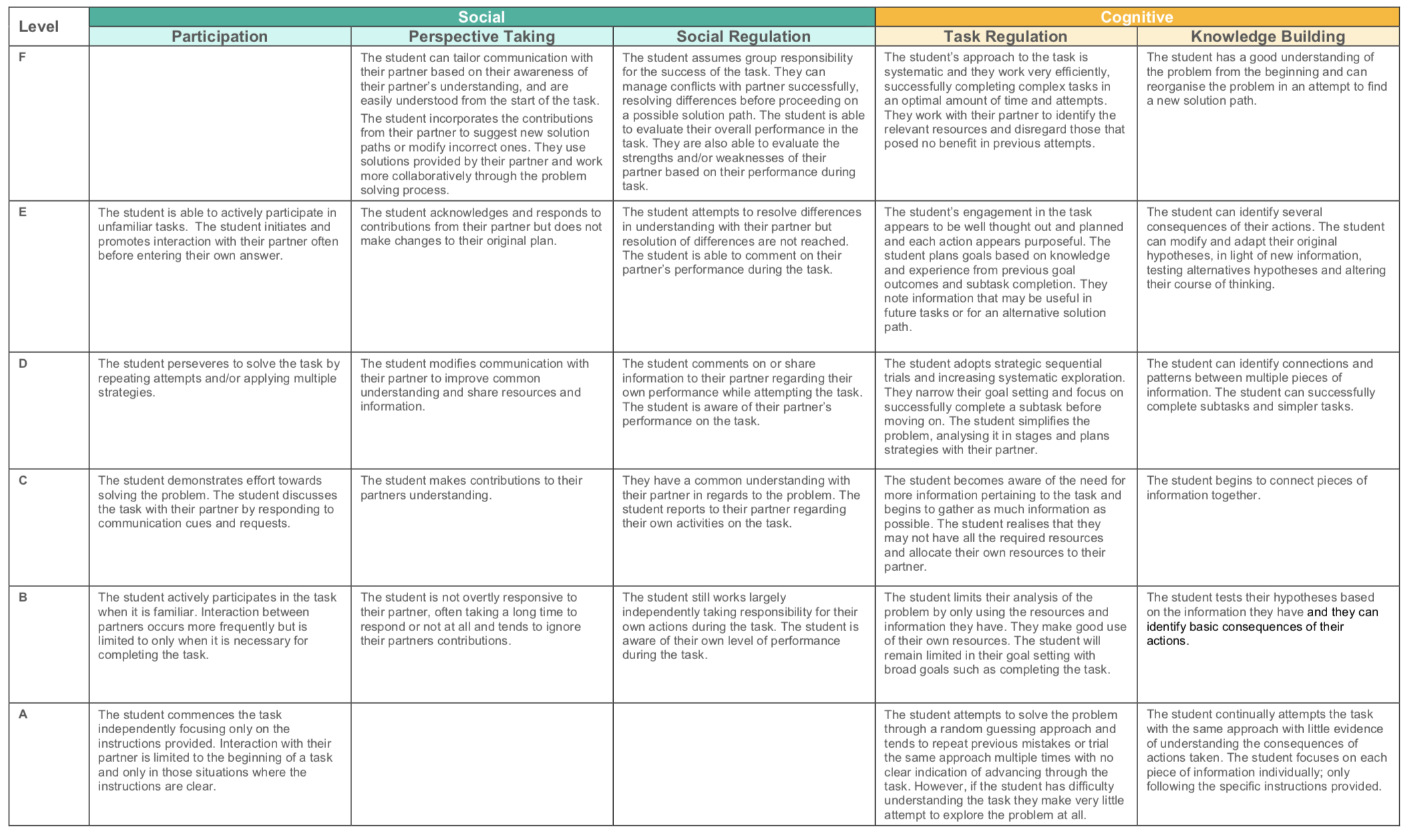
Webb's Depth of Knowledge
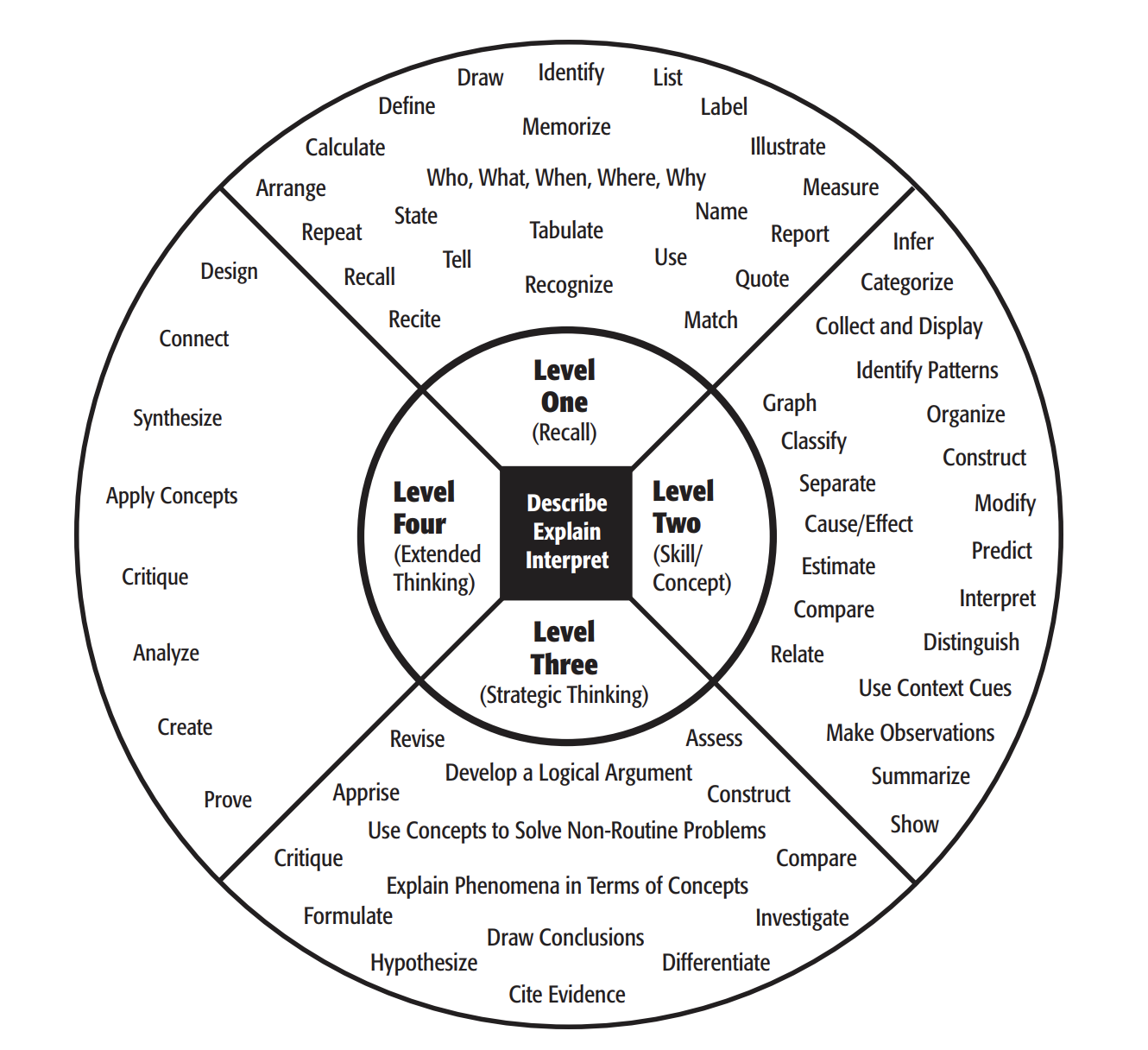
Level 2: Skills and concepts.
Tasks requiring more than one mental step
Level 3: Strategic thinking
Tasks requiring planning, evidence, and more abstract thinking
Level 4: Extended thinking
Tasks requiring a synthesis of information from a multitude of sources
Digital Literacy
Effectively navigate, evaluate and create information & knowledge,
within a collaborative environment
(for the enterprise)
5 Ideas about Social Learning
Curiosity & pride are powerful motivators
Keep learning contextual and tangible


Build an environment with the "right to be wrong"
We construct meaning through dialogue
Let go!

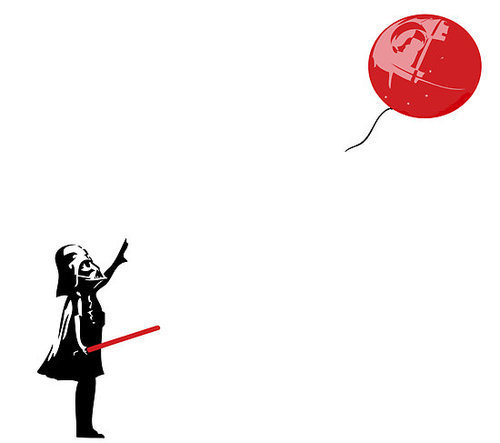

Social Learning Programme
- Weekly online sessions
- Closed community
- 8 to 10 participants
- 2 facilitators
- Spark dialogue with trigger questions
- Model for constructive conversations
- Weekly collaborative task
- Internal guide as a result
Build a presence


Platform
functionality

@



Collab @ Work

startsole.org

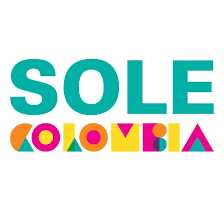
http://www.solecolombia.org/
http://www.solecolombia.org/
http://www.solecolombia.org/
www.solecolombia.org

theschoolinthecloud.org
rightquestion.org

Resources
- Creative Teamwork by Vectors Market from the Noun Project
- Light Bulb by Till Teenck from the Noun Project
- Education laptop by Rockicon from the Noun Project
- Communication Skills by Aneeque Ahmed from the Noun Project
- split by Magicon from the Noun Project
- arrows by N.K.Narasimhan from the Noun Project
- Thinking by Parallel Digital Studio from the Noun Project
- metric by Nithinan Tatah from the Noun Project
- Ghost by Jamie Rothwell from the Noun Project
- grandma by lilura from the Noun Project
- wifi by i cons from the Noun Project
- teamwork by Gregor Cresnar from the Noun Project
Image credits
- internet by priyanka from the Noun Project
- Love by Gregor Cresnar from the Noun Project
- agreed by Gregor Cresnar from the Noun Project
- Computer Address by Gregor Cresnar from the Noun Project
- leader by Aneeque Ahmed from the Noun Project
- Icebreaker by sahua d from the Noun Project
Self-Organising Learning Environments
By Alvaro CC
Self-Organising Learning Environments
Workshop during the Brave New Learning 2019 conference in Amsterdam about Self-Organising Learning Environments and the Question Formulation Technique
- 315



